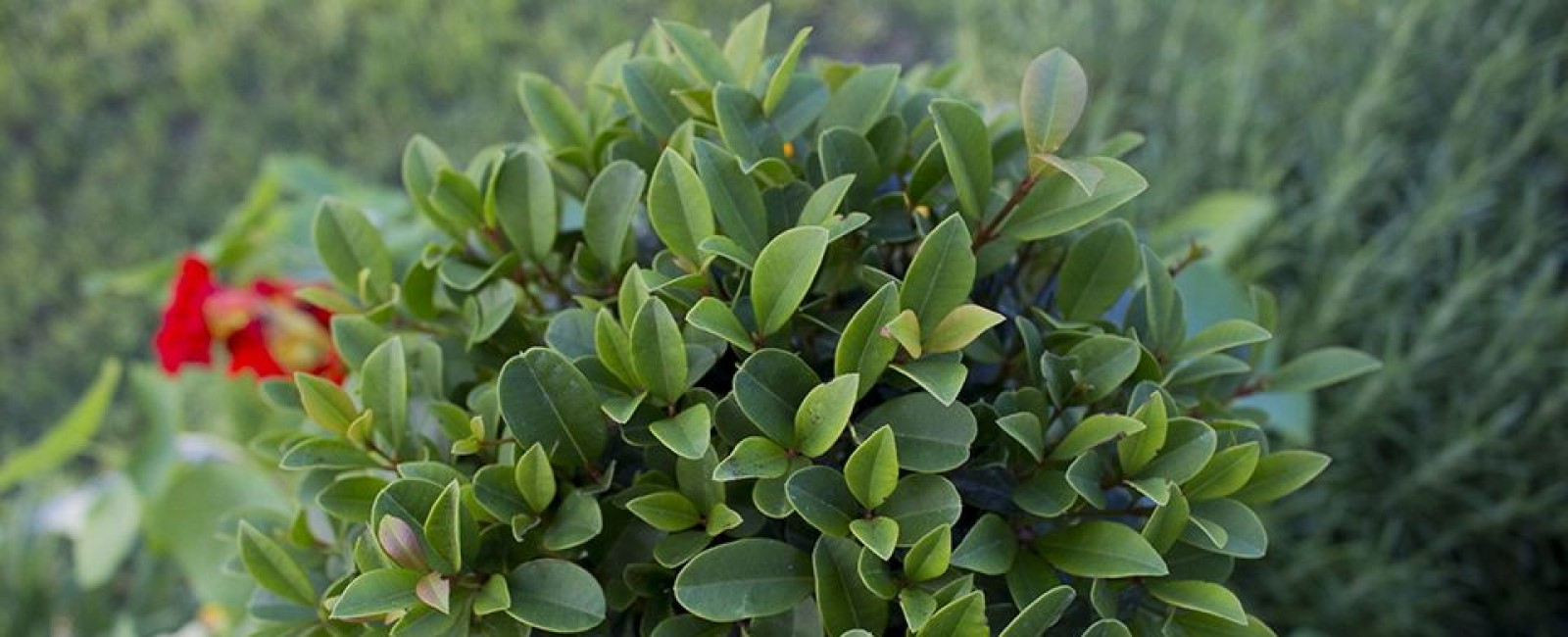|
Hardy to tender perennial or sub-shrub Uses Cosmetic, Culinary Ornamental 2 to 3 feet high and up to 3 feet wide Full Sun Almost any well-drained soil |
We featured Sage back in May of 2005, but it is worth featuring again.Sage, (Salvia species)
In the Middle Ages, sage was prescribed as a cure-all and used much as aspirin is today. Its name from Latin salvus,means “safe” or “healthy.” It was honored by the Chinese as a symbol of immortality. Sage’s culinary use in rich dishes developed from its reputation as a digestive aid. The Greeks and Romans used sage as a calmative for stomach and nerves. Regular use of sage tea was said to bring an even disposition to excitable natures and healthy old age to everyone. Sage was particularly recommended to older persons to help them restore failing memories and lift depression. |
|
The Native Americans chewed fresh sage leaves to strengthen their gums and whiten their teeth. Sage tea has been used as a rinse to darken gray hair and relieve sunburn. There are 800 or so known varieties of Salvia. S. officinalis, or common garden sage, is a cornerstone of the herb garden. After its first year as a tender- leafed plant, it becomes a sturdy, woody shrub 3 to 4 feet high. Its broad, long, gray leaves are slightly pebbly to the touch due to its tiny hairs on its veined surfaces. The whole plant is aromatic, with the taste and smell of rosemary, pine and mint. From summer through Fall, violet blue flowers appear in whorls on long spikes. They attract bees, hummingbirds, and potpourri enthusiasts. S. elegans, pineapple sage, has pineapple flavored and scented leaves and flowers. Its tubular scarlet flowers are most profuse in the Fall. Bright green leaves are more pointed and longer than those of common sage. It is less cold hardy (to 30F) so give it a protected location or plant in containers. Provide plenty of space and water to reach its full 4 feet height and spread, although plants seldom reach this size. S. officinalis ‘Icterina’, sometimes called ‘Variegata’, known as gold sage, has bright gold and green primrose-marbled leaves. ‘Tricilor’ has green, cream and purple-red leaves. ‘Purpurascens’ has velvety gray green leaves suffused with purple and violet-blue flowers flowers in the summer. All are cold tender so grow in containers in all but the mildest climates. Planting & Care.Germination from seed is tricky at best. Purchasing small transplants or making root cuttings in sand is usually more successful. If growing sage from seed, sow in early spring in slightly limey and sandy soil. Or propagate in early Fall or Spring by dividing established plants. Plant in well drained, slightly elevated sunny spot. As plants become established, water only when soil is dry. When sages become woody with age, remove all dead twigs and branches Trim plants frequently to encourage healthy new growth and more profuse flowers. Harvesting and Use.In addition to its traditional use as seasoning for Thanksgiving turkey and dressing, sausage, game, and liver, sage adds its rich, lemony flavor to veggies, breads and even sweets. Common sage is the most favored by chefs. It keeps aroma and flavor well through extended cooking drying periods. To experience sage’s versatile flavor, mince a small amount and add to your favorite cheese spread, whole wheat muffin recipe or fresh apple cake before baking. Sage is said to encourage the growth of rosemary, lavender and thyme; to repel cabbage butterfly; and to improve the flavor and digestibility od cabbage if grown nearby. Sage may still be found in hair preparations to prevent graying and in cleansing lotions for oily skin. It is also an ingredient in deodorants, perfumes and soaps. Take some sage advice and plant some sage! |


